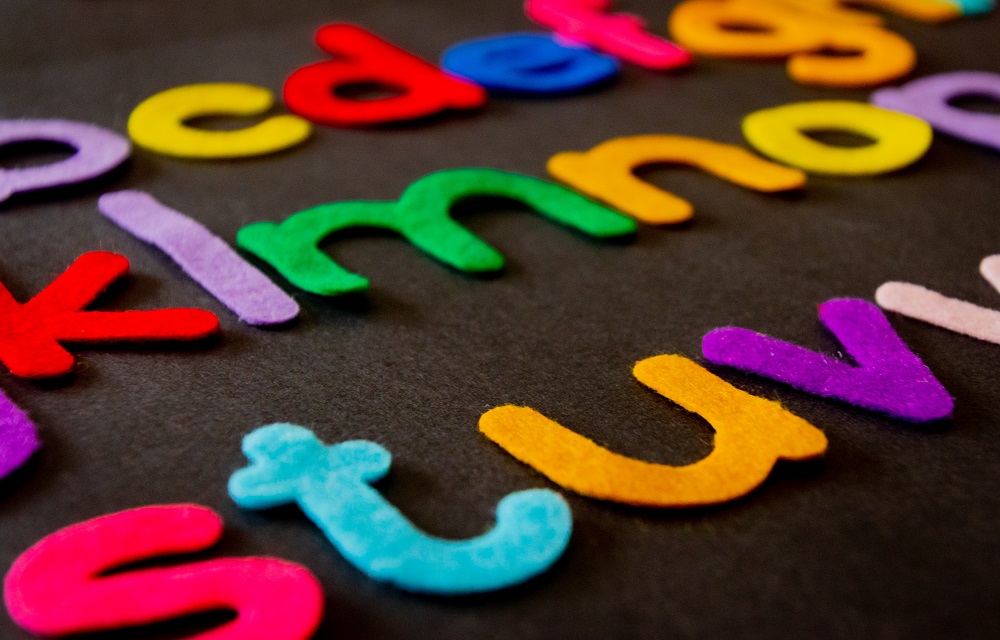There are a number of ways in which you can introduce learning to your toddler’s daily routine. By repeating certain exercises, your toddler will not only expand their vocabulary and social skills but will learn more about how the world works.
Building your child’s confidence and language skills from an early age will prove incredibly useful when they begin to attend early child care centre and eventually, start school.
Below, find six ways in which you can make learning a part of your toddler’s daily routine.
6 Ways To Make Learning Toddler’s Daily Routine
Introduce descriptive language at home
When talking to your toddler, try to weave descriptive language into the conversation. For instance, at snack time you could ask: “Would you like a yellow banana or orange carrot?”
Over time and through repetition, this will help toddlers to recognise different colours.
Read to your toddler
A great activity to introduce to your toddler’s routine is reading to them. Reading will greatly improve your child’s linguistic ability as reading exposes them to sentence structure, grammar and punctuation.
Even very young children will benefit from the social skills which can be learned through the art of storytelling. By putting themselves into the character’s shoes, they will be introduced to new people, places and cultures. This will help to broaden their world view and is key to understanding emotions – skills of which will prove useful as they grow up.
Aside from the benefits reading has, it’s also a great opportunity to spend time with your child and is something that you both look forward to. It’s an easy activity too as it can be done pretty much anywhere whether it’s during bath time, before bed or at the local library.
This bonding exercise will prove incredibly useful before your toddler starts attending an early child care centre.

Play music
Children respond positively to music from a very young age and it’s a fun way to help them to understand emotion, storytelling and to learn new words. That’s why the alphabet is often first learned through song as it makes remembering information easier.
Music engages the entire brain, aiding both emotional and physical development. You can introduce music to the everyday routine in the following ways:
- Play music during car journeys
- Sing bedtime stories to them
- Plan a trip to the local theatre
- Teach them songs which can be added to everyday activities such as bath time or brushing their teeth
Once they’re old enough, you can even introduce an instrument. Learning a new skill can help to boost their confidence – a skill which will prove useful before starting school or nursery.
You can learn more about how music can benefit your toddler’s learning on the Endeavour Early Education blog.
Label items in the house
Another brilliant way to help improve your child’s reading skills is to label a couple of items around the house and rotate them every few days. For example, you could add stickers to the fridge or to lamps and chairs.
This will help your child to understand that every item has symbols which can be written down and identified. If they have started to pick up words, begin to ask your child if they can read the labels and if they can identify certain letters.
Label photographs of friends and family
Another effective labelling exercise is keeping photographs of friends and family on a board or the fridge. Write people’s names beside them on sticky notes and include titles such as ‘grandma’, ‘uncle’ and ‘cousin’.
Once your child becomes familiar with the photographs, take down the sticky notes and ask them if they can identify who’s who.
Organise a scavenger hunt
A fun way to play with your child is organising miniature scavenger hunts at home. Ask your toddler to search for three items around the house which are a specific colour, shape or begin with a certain letter.
You could also pretend that you’ve lost certain items – this could be anything from a blanket to a pair of socks – and ask them to help you to find it. This is a great way for your child to explore in a safe environment and will also help them to expand their vocabulary.
About the Author
Alice is a mother of two, and a child care writer. She likes to share insights on raising kids based on her real-life experience which can help her readers while raising their toddlers. You can find her sipping on tea in her free time.






